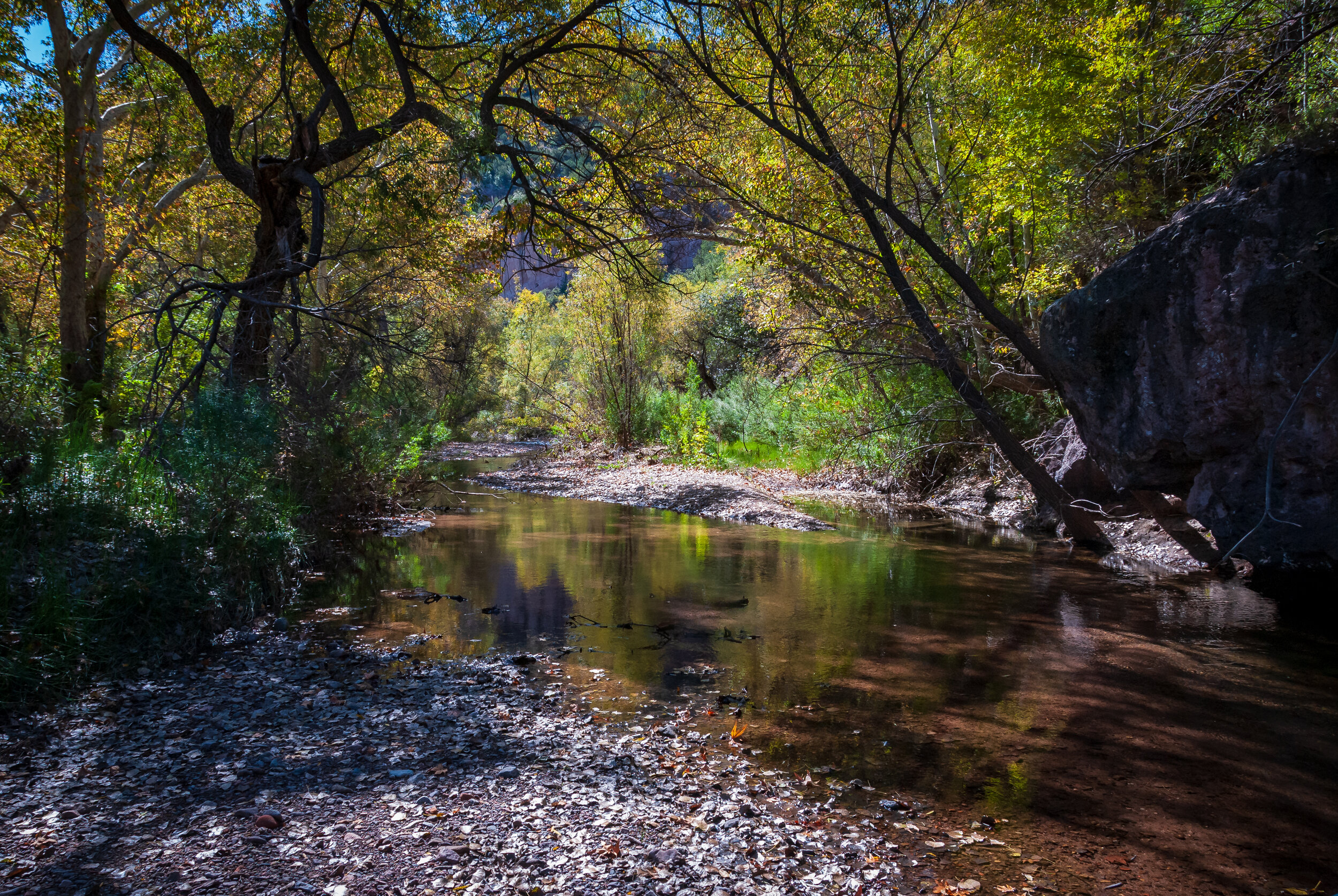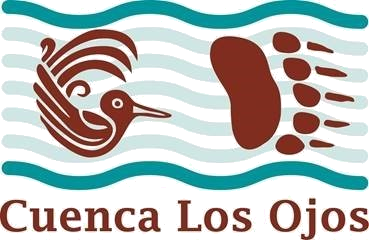
Ribbons of Life
Cuenca’s position immediately south of the US border in Sonora, Mexico, and between the Peloncillo Mountains and the San Bernardino Valley, reinforces its importance as a link between north and south, east and west. Cuenca’s work fits into a larger landscape of conservation focus stretching 200 miles long and 70 miles wide. To the north of Cuenca’s properties, the Malpai Borderlands Group and the Animas Foundation have protected more than a million acres, and the US Fish and Wildlife and the US Forest Service manage sizable areas rich in habitat and natural resources. To the south and east are ranchlands protected by the Mexican Fund for the Conservation of Nature, as well as important Chihuahuan desert habitat protected by Pronatura Noreste. To the south, Naturalia and the Northern Jaguar Project have preserved vast areas vital as the northern most breeding ground for the migrating jaguar.
At the heart of this conservation area lies Cuenca Los Ojos. Our restored montane, woodland, grassland, and riparian habitats constitute an essential link in the mosaic of habits used by species that range through the area. The riparian zones around Cuenca’s rivers, streams, wetlands, and washes are central to our efforts to increase habitat connectivity. Riparian zones - strips of vegetation that border freshwater bodies - form where surface water and ground water foster growth of trees, shrubs, and understory species. Riparian zones are particularly important in desert ecosystems, where surrounding lands can be less hospitable. Forming a system of interconnected corridors, desert riparian zones serve essential functions:
They provide food, water, and shelter to a variety of resident species - terrestrial, avian, and aquatic - and allow them to move in response to changing seasons and resources.
They provide cover and sustenance for migratory species passing through the area.
They provide passageways to individual animals from other populations, preventing local populations from becoming isolated and ensuring genetic diversity.
Cuenca Los Ojos continues to enhance the quality of its dryland riparian zones by putting in place measures to reverse erosion, increasing the capacity of the soil to absorb and retain water, and planting trees and grasses. These efforts help ensure that northern Mexico’s waterways will continue to serve their essential connectivity function in the landscape.
